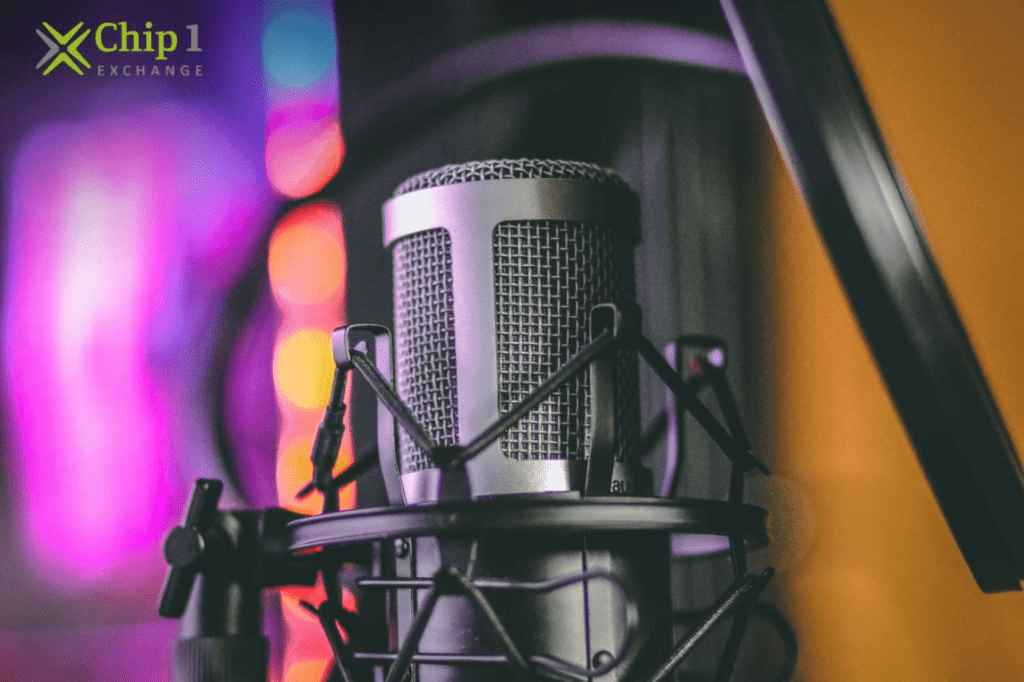The term “electronics filter” refers to the circuit that allows certain frequency components to pass through the circuit while rejecting or attenuating all other frequency components. Since filters can be categorized into various types based on the frequency band that they allow through, the electronics filter is the circuit that allows certain frequency components to pass through the circuit.
Electronic Filter Categories
Active Filters – Active filters are able to handle extremely low frequencies (close to 0 Hz), and they also have the ability to give voltage gain (passive filters cannot). It is possible to construct high-order filters using active filters rather than inductors.
This is significant since the usage of inductors is problematic in the context of integrated circuit fabrication procedures. However, because of the constraints that amplifier bandwidth imposes, active filters are not as well suited for very highfrequency applications. The use of passive filters is frequently required in radio-frequency circuits.
Passive Filters – The frequency range in which passive filters are at their most effective spans approximately 100 Hz to 300 MHz. The inductance or capacitance would need to be fairly substantial in order to function well at low frequencies, which is what causes the restriction on the lower end of the frequency spectrum. Because of the influence of parasitic capacitances and inductances, the maximum frequency can never be exceeded. The use of passive circuits can be extended deep into the gigahertz region by the application of careful design principles.
Types of Electronic Filter
Low Pass Filter – The low pass filter, which is what passes the low frequency signals, starts from 0 Hz and goes all the way up to the cut off frequency, and it rejects any frequencies that are lower than the cut off frequency.
High Pass Filter – A high pass filter is one that reduces the volume of all of the frequencies that are lower than the cut-off frequency while maintaining a constant output (gain) higher than the cut-off frequency.
Band Pass Filter – The Band pass filter for frequencies falling within a particular band. In addition to this, it ignores any frequencies that fall outside of this band.
Band Stop Filter – In this Band, the Specific Band of Frequencies is denied, which permits frequencies that fall outside of the Band to pass through.
All Pass Filter – This kind of filter allows an equal amount of all frequencies to pass through. Because the output voltage varies in phase with respect to the input voltage, but the two voltages remain equal in amplitude, this type of filter is also called as a time-delay filter and a Phase-Shift filter.
Filter Applications
DC Powerlines – On AC input lines, unwanted high frequencies, often known as noise, can be filtered out with the help of special devices called filters. In addition, filters are utilized on the output of a power supply in order to minimize ripple.
Radio Communications – Radio receivers are able to “see” only the signal of interest thanks to filters, which block out all other incoming signals (assuming that the other signals have different frequency content).
Audio Electronics – A crossover network is a network of filters that is used to route low-frequency sound to the woofers, mid-range frequency sound to the midrange speakers, and high-frequency sound to the tweeters.
Analog-to-digital conversion – Aliasing can be reduced to a minimum by positioning filters in front of an ADC input.
FREQUENTLY ASKED QUESTIONS
What are filters?
A circuit that uses alternating current to isolate certain frequencies from others within mixedfrequency signals is called a filter. Equalizers for audio and crossover networks are two applications of filter circuits that are particularly well-known.
What are the main design considerations for electronic filters?
There are many aspects to take into account while designing electrical filters, but the following are some of the more crucial ones: – The kind of filter being used (low pass, high pass, band pass, etc.) – The frequency at which the signal is cut off – The bandwidth The order of the filter, the attenuation, the phase response, the group delay, the stability, the cost, the size, and the power consumption are all important considerations.
Chip 1 Exchange partners up with a wide selection of manufacturers and suppliers that offer quality electronic and semiconductor products for its customers. Chip 1 also provide design consultation services with its seasoned engineers to assist its customers with their design concerns, etc.

